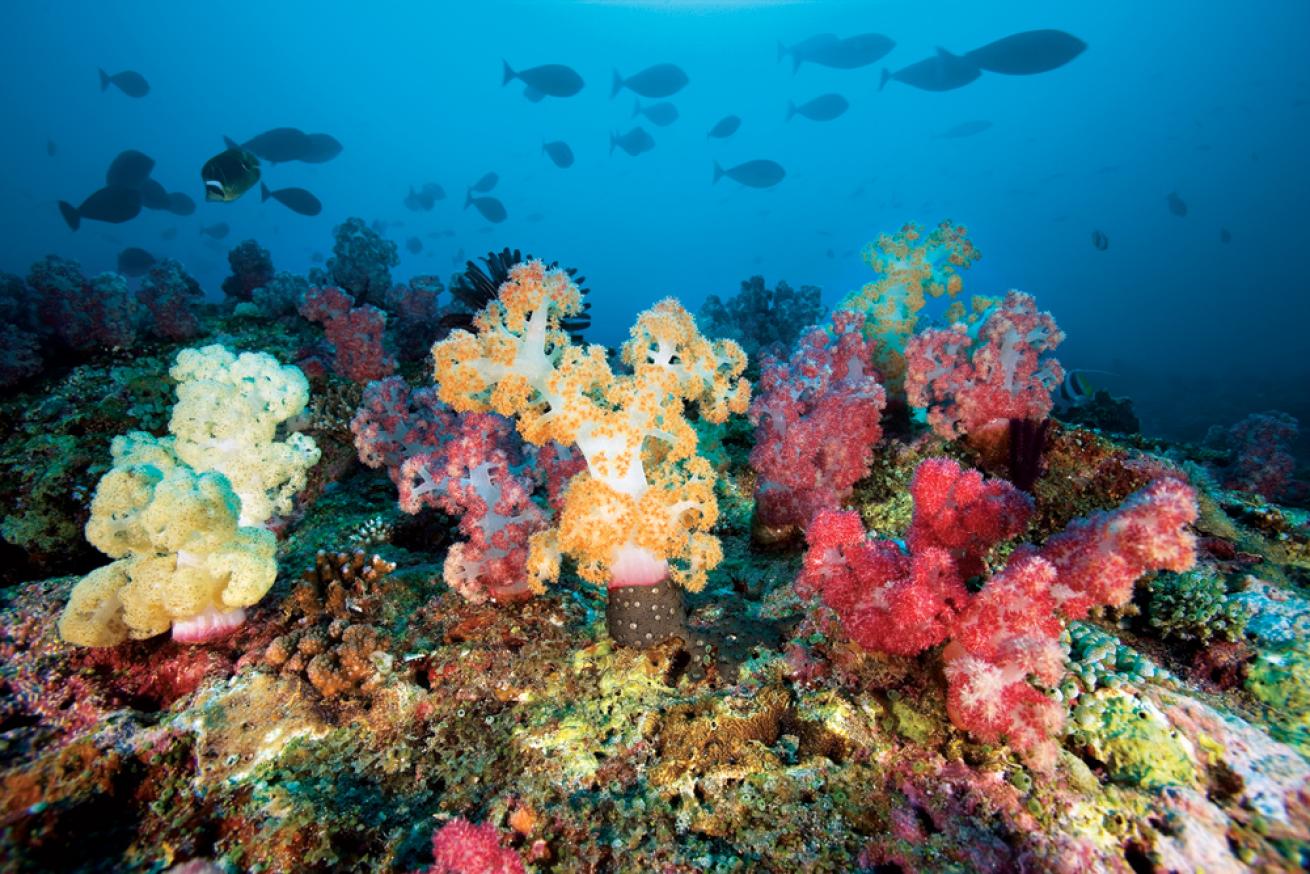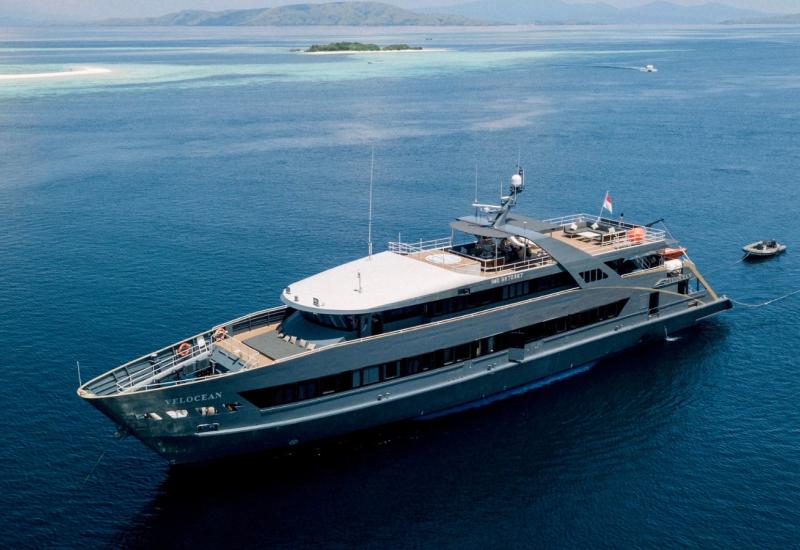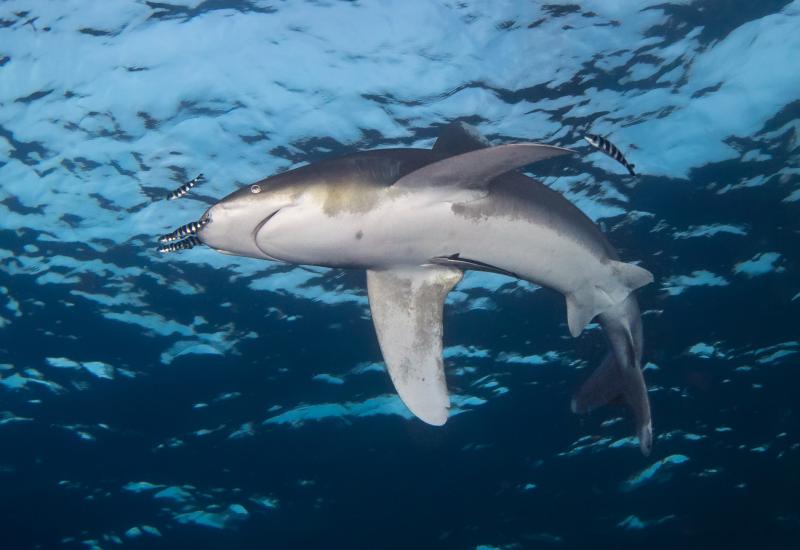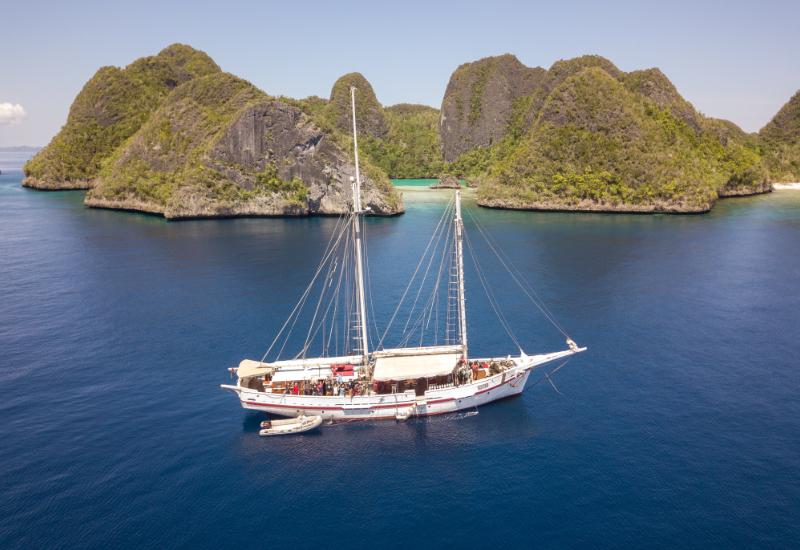Where Oceans Collide - Lombok

Sea Oddity When the full moon shines on Lombok, large schools of bumphead parrotfish come to feast on the coral around the Gilis. It’s a must-see sight for divers.
Just east of Bali across the Lombok Strait, Lombok feels several degrees removed from its more-touristy neighbor. Predominantly Muslim, the island offers landscapes that are similarly varied as those on Bali, with fabulous beaches, an imposing volcano and idyllic isles. Divers opt to stay in the west, where boat trips from Senggigi and the Gili archipelago reach the best dive sites. The Gilis — a group of three small islands off Lombok’s northwest coast — are known for excellent visibility and ease of diving. Depths rarely exceed 60 feet in the Gilis, making the islands an ideal destination for beginner divers (indeed, this is also the most popular place in Indonesia to get certified). But that doesn’t mean it won’t hold appeal for more-advanced divers. Just offshore, you can encounter loggerhead and Hawksbill turtles, stingrays, whitetip and blacktip reef sharks, moray eels and barracuda. Manta rays can be spotted during the rainy season, and reef sharks abound year-round at Manta Point, southeast of Gili Trawangan, and Shark Point, where your chances are also good for spotting dogtooth tuna, rays of all varieties and bumphead parrotfish. Just north of Gili Meno at Meno Wall, chances are best for encounters with hawksbill and green turtles as well as whitetip sharks, known to take breathers in the sandy areas of the channel. Dynamite fishing in the past destroyed large swathes of the Gilis’ reefs, but the islands are collectively known for their blue-coral gardens. The healthiest blue-coral walls are found at dive sites northeast of Gili Meno and attract a thriving population of colorful reef fish, including parrotfish and Moorish idols. The Gilis’ dive topography is predominantly walls, canyons and slopes. Malang Reef, between Gili Meno and Gili Air, features big coral heads, overhangs and a few swim-throughs, and lures advanced divers to spot super-size grouper, schooling banner fish and rays aplenty. Simon’s Reef, a fairly deep dive (up to 114 feet) northeast of Gili Meno, is another top spot, where you can admire some of Lombok’s best coral gardens and search for elusive pygmy seahorses, camouflaged in gorgonian coral. All dive operators in the Gilis belong to the Gili Eco Trust, a nonprofit organization promoting environmental education to better preserve the area’s reefs, so the future for Lombok diving — despite the dynamite trauma of the past — looks bright. — TW
Need to Know
Travel Tip: Don’t miss ogling (or climbing — as long as no eruption alerts are in effect!) Mount Rinjani, Indonesia’s second-highest volcano. When to Go: June to September is dry season and brings the best visibility. Getting There: Ferries sail several times daily from Padang Bai on Bali to Lombok’s Lembar harbor. There are also local flights from Denpasar to Mataram on Merpati Airlines (www.merpati.co.id) and one international connection several times a week from Singapore on Silk Air (www.silkair.com). Operators/Accommodations: Dream Divers (www.dreamdivers.com) and Villa Ombak (www.villaombak.com) Dive Conditions: Visibility is up to 65 feet, and water temperatures hover between 78 and 84°F. Price Tag: Villa Ombak offers three-night packages from $460 per person including six Gili dives. Dream Divers offers three-night packages with six-day dives and three-night dives from $380.
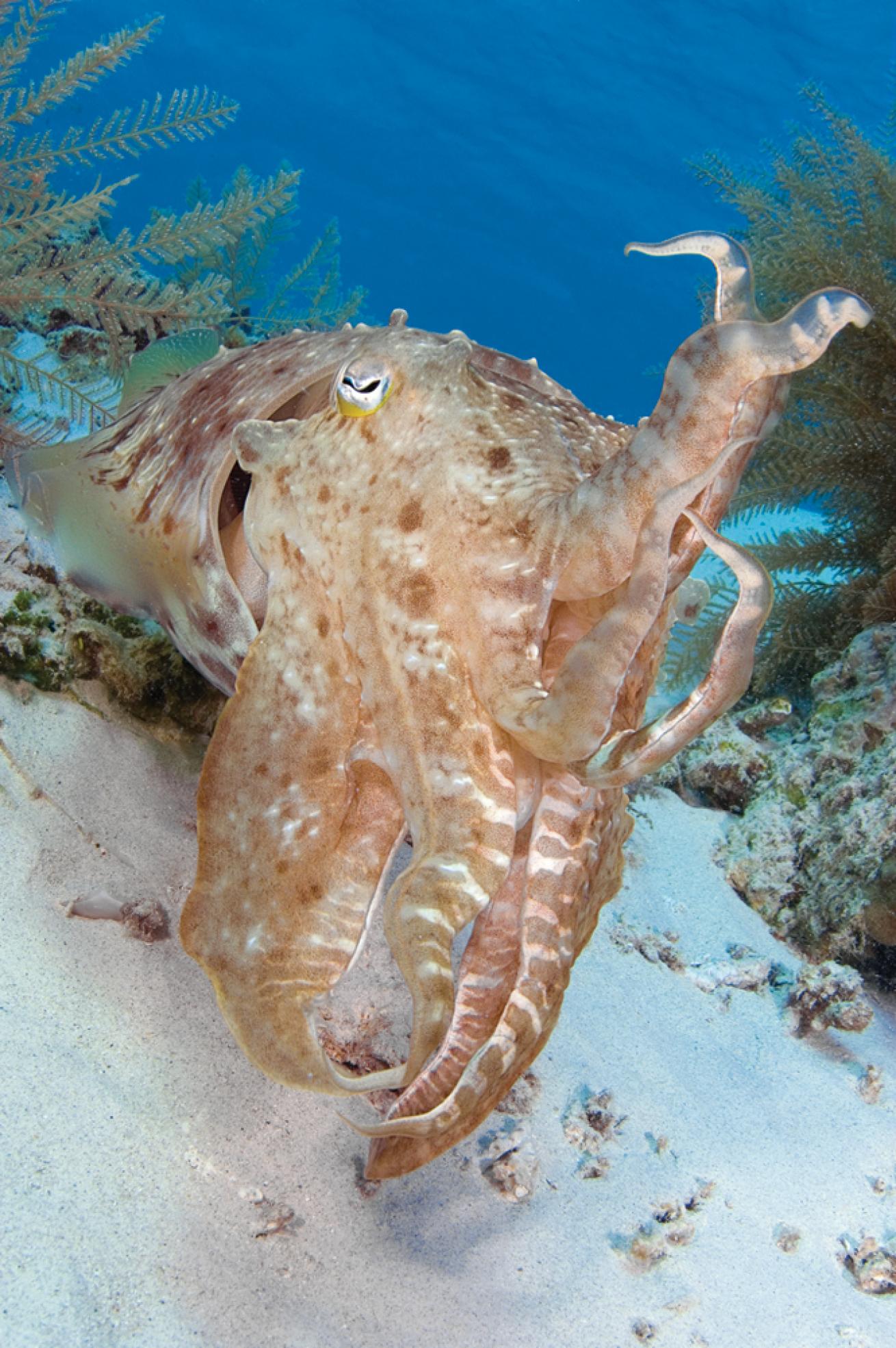
Sea Oddity When the full moon shines on Lombok, large schools of bumphead parrotfish come to feast on the coral around the Gilis. It’s a must-see sight for divers.
Just east of Bali across the Lombok Strait, Lombok feels several degrees removed from its more-touristy neighbor. Predominantly Muslim, the island offers landscapes that are similarly varied as those on Bali, with fabulous beaches, an imposing volcano and idyllic isles. Divers opt to stay in the west, where boat trips from Senggigi and the Gili archipelago reach the best dive sites. The Gilis — a group of three small islands off Lombok’s northwest coast — are known for excellent visibility and ease of diving. Depths rarely exceed 60 feet in the Gilis, making the islands an ideal destination for beginner divers (indeed, this is also the most popular place in Indonesia to get certified). But that doesn’t mean it won’t hold appeal for more-advanced divers. Just offshore, you can encounter loggerhead and Hawksbill turtles, stingrays, whitetip and blacktip reef sharks, moray eels and barracuda. Manta rays can be spotted during the rainy season, and reef sharks abound year-round at Manta Point, southeast of Gili Trawangan, and Shark Point, where your chances are also good for spotting dogtooth tuna, rays of all varieties and bumphead parrotfish. Just north of Gili Meno at Meno Wall, chances are best for encounters with hawksbill and green turtles as well as whitetip sharks, known to take breathers in the sandy areas of the channel. Dynamite fishing in the past destroyed large swathes of the Gilis’ reefs, but the islands are collectively known for their blue-coral gardens. The healthiest blue-coral walls are found at dive sites northeast of Gili Meno and attract a thriving population of colorful reef fish, including parrotfish and Moorish idols. The Gilis’ dive topography is predominantly walls, canyons and slopes. Malang Reef, between Gili Meno and Gili Air, features big coral heads, overhangs and a few swim-throughs, and lures advanced divers to spot super-size grouper, schooling banner fish and rays aplenty. Simon’s Reef, a fairly deep dive (up to 114 feet) northeast of Gili Meno, is another top spot, where you can admire some of Lombok’s best coral gardens and search for elusive pygmy seahorses, camouflaged in gorgonian coral. All dive operators in the Gilis belong to the Gili Eco Trust, a nonprofit organization promoting environmental education to better preserve the area’s reefs, so the future for Lombok diving — despite the dynamite trauma of the past — looks bright. — TW

Need to Know
Travel Tip: Don’t miss ogling (or climbing — as long as no eruption alerts are in effect!) Mount Rinjani, Indonesia’s second-highest volcano. When to Go: June to September is dry season and brings the best visibility. Getting There: Ferries sail several times daily from Padang Bai on Bali to Lombok’s Lembar harbor. There are also local flights from Denpasar to Mataram on Merpati Airlines (www.merpati.co.id) and one international connection several times a week from Singapore on Silk Air (www.silkair.com). Operators/Accommodations: Dream Divers (www.dreamdivers.com) and Villa Ombak (www.villaombak.com) Dive Conditions: Visibility is up to 65 feet, and water temperatures hover between 78 and 84°F. Price Tag: Villa Ombak offers three-night packages from $460 per person including six Gili dives. Dream Divers offers three-night packages with six-day dives and three-night dives from $380.
